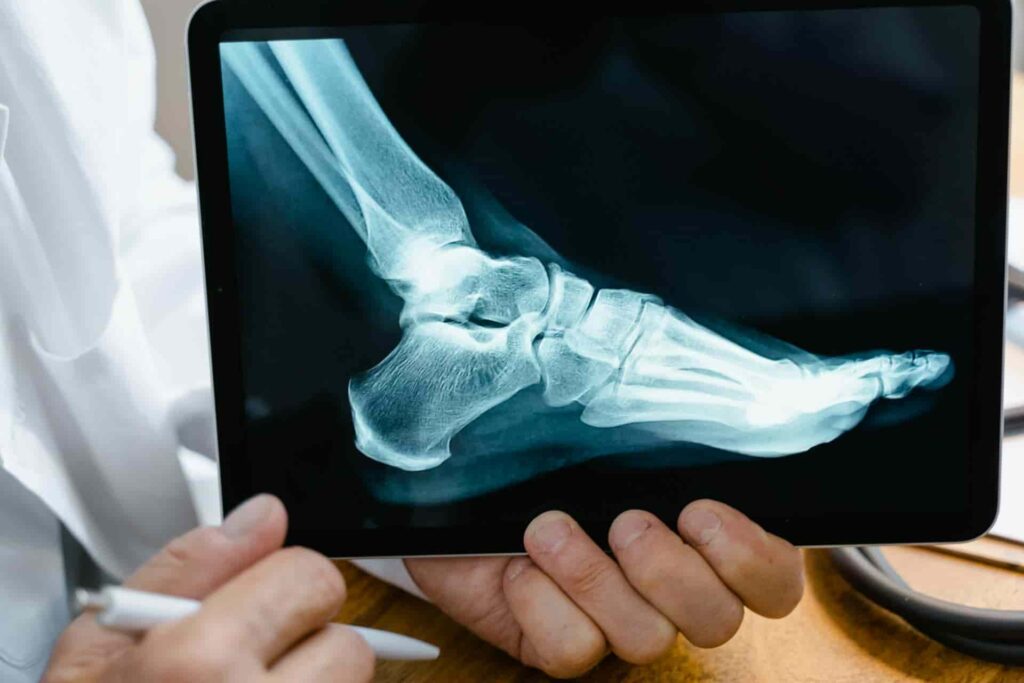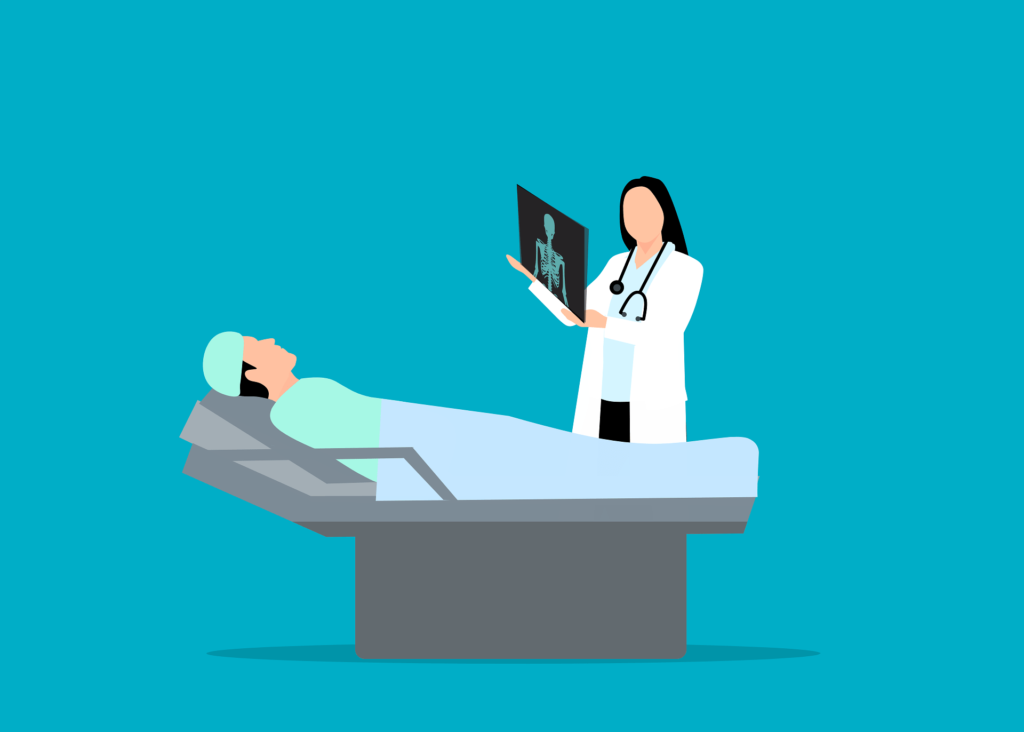Table of Contents
Table of Contents
Table of Contents
Understanding Joint Health: A Comprehensive Guide to Common Conditions

Joints are fundamental to our body’s ability to move, bear weight, and perform daily tasks. From walking and running to gripping objects and sitting comfortably, healthy joints make these activities seamless. However, when joint health deteriorates due to injuries or conditions like arthritis, even the simplest motions can become challenging.
This article dives deep into common joint conditions such as the mtp joint, ankle arthritis, carpometacarpal joints, heberden’s nodes, and hip OA. Whether you’re dealing with pain, stiffness, or mobility issues, understanding these conditions is the first step toward better management and prevention.
Anatomy of Joints and Their Roles

Joints are where two or more bones meet, allowing movement and providing stability. They are made up of cartilage, ligaments, tendons, and synovial fluid, all of which work together to enable motion while minimizing friction.
The Importance of the MTP Joint
The mtp joint, short for metatarsophalangeal joint, plays a crucial role in mobility. Located at the base of the toes, it helps distribute body weight during walking or running. Pain or stiffness in this joint can significantly disrupt daily activities, often requiring immediate attention to prevent long-term issues.
Ankle Arthritis and Its Impact
The ankle joint connects the foot to the leg and is critical for stability and balance. When arthritis affects the ankle, it leads to pain, inflammation, and limited movement. Known as ankle arthritis, this condition is common in individuals with a history of joint injuries or degenerative diseases.
Carpometacarpal Joints: Hand Function Simplified
The carpometacarpal joints, located at the base of the fingers and thumb, are integral to hand function. These joints allow for gripping, pinching, and other fine motor skills. Conditions affecting these joints can limit hand strength and cause discomfort during daily activities like writing or cooking.
Heberden’s Nodes: A Visible Sign of Osteoarthritis
Heberden’s nodes are hard, bony lumps that develop on the joints closest to the fingertips. These nodes are often associated with osteoarthritis, appearing as a result of cartilage degeneration. Though they may not always cause pain, their presence can indicate long-term joint damage.
Hip OA: A Common Degenerative Condition
Hip OA, or osteoarthritis of the hip, is a degenerative joint disease that often affects older adults. This condition leads to the breakdown of cartilage in the hip joint, resulting in pain, stiffness, and reduced mobility. Activities like walking, bending, or climbing stairs become increasingly difficult as the condition progresses.
Symptoms of Common Joint Conditions

Recognizing Problems in the MTP Joint
Issues with the mtp joint may manifest as:
- Pain or swelling at the base of the toes.
- Difficulty wearing shoes due to joint stiffness.
- Redness or tenderness, particularly after physical activity.
Signs of Ankle Arthritis
Ankle arthritis is characterized by:
- Persistent pain around the joint.
- Swelling that worsens after standing or walking.
- A grinding sensation caused by the loss of cartilage.
Symptoms of Carpometacarpal Joint Issues
Problems with the carpometacarpal joints often include:
- Weakness in the hands, making it difficult to hold objects.
- Pain during tasks that require pinching or gripping.
- A noticeable decrease in hand dexterity.
Heberden’s Nodes: What to Look For
While heberden’s nodes are a visible indicator of joint changes, other symptoms may include:
- Stiffness in the fingers, especially in the morning.
- Reduced range of motion in the affected fingers.
- Occasional pain or tenderness around the bony lumps.
Symptoms of Hip OA
The primary signs of hip OA include:
- Aching pain in the groin, thigh, or buttocks.
- Stiffness after periods of inactivity.
- A noticeable limp due to joint discomfort.
Diagnosing Joint Problems

Diagnosing joint conditions requires a combination of clinical evaluations and imaging techniques. A thorough medical history is also essential to identify potential causes and risk factors.
The Process of Diagnosis
- Physical Examination: Doctors assess joint flexibility, range of motion, and pain levels.
- Imaging Tests: X-rays, MRIs, or CT scans are used to detect structural damage, such as cartilage loss in hip OA or bone spurs in the mtp joint.
- Lab Tests: Blood tests may rule out autoimmune diseases that contribute to conditions like ankle arthritis.
Condition-Specific Diagnostic Techniques
- For heberden’s nodes, visual examination often suffices to confirm the diagnosis.
- Ankle arthritis may require stress X-rays to evaluate joint stability.
- Carpometacarpal joints are assessed through grip strength tests alongside imaging.
Treatment Approaches for Joint Health

Non-Surgical Treatments
For many joint conditions, non-invasive methods are highly effective:
Physical Therapy
Targeted exercises can strengthen the muscles around joints, improving stability. For example:- Toe stretches for the mtp joint.
- Resistance training for carpometacarpal joints.
Medications
- NSAIDs: Non-steroidal anti-inflammatory drugs help reduce pain and swelling in conditions like hip OA and ankle arthritis.
- Corticosteroid Injections: These provide temporary relief for severe inflammation in joints.
Lifestyle Modifications
- Weight management reduces stress on weight-bearing joints like the hip and ankle.
- Ergonomic tools can ease strain on carpometacarpal joints, particularly during repetitive tasks.
Surgical Interventions
For advanced cases where conservative treatments fail:
- Joint Replacement: Common for hips affected by severe hip OA.
- Fusion Surgery: Stabilizes joints like the mtp joint to alleviate chronic pain.
- Arthroscopy: Used to repair damaged cartilage or remove debris in smaller joints.
Preventing Joint Issues

Tips for Joint Preservation
- Stay Active: Regular exercise keeps joints flexible and strengthens surrounding muscles. Activities like yoga can help maintain mobility in the hips and ankles.
- Healthy Diet: Consuming foods rich in omega-3s, calcium, and vitamin D supports bone and joint health.
- Proper Footwear: Wearing supportive shoes minimizes strain on the mtp joint.
Protecting Specific Joints
- Hand exercises, such as squeezing a stress ball, can prevent stiffness in carpometacarpal joints.
- Stretching the Achilles tendon helps maintain ankle flexibility, reducing the risk of ankle arthritis.
Living with Chronic Joint Conditions

Managing Daily Challenges
Adapting to life with joint issues requires a proactive approach:
- Use assistive devices, such as braces or orthotics, to support weakened joints.
- Incorporate relaxation techniques like meditation to manage chronic pain.
Supportive Therapies
Complementary treatments include:
- Acupuncture: May alleviate joint pain by improving blood flow.
- Massage Therapy: Helps release tension in muscles surrounding affected joints.
Conclusion
Joint health is fundamental to maintaining an active and independent lifestyle. By understanding conditions such as mtp joint disorders, ankle arthritis, carpometacarpal joints pain, heberden’s nodes, and hip OA, individuals can take steps to manage symptoms and prevent further deterioration. With a combination of medical treatment, lifestyle changes, and preventive care, it’s possible to protect joint function and enjoy better mobility at any stage of life.



